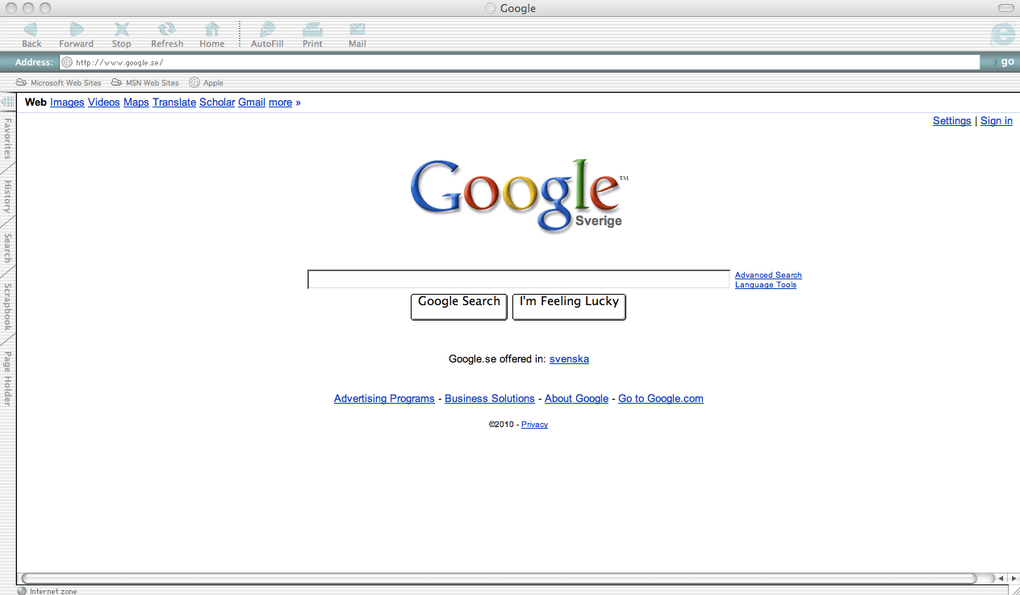Internet Explorer For Mac Proxy
At times, due to stubborn malware, you may have the need arise to disable your proxy settings within your web browser application. In the attempt to manually remove spyware or malware threats from your system that may redirect you to unwanted sites without your permission, you must disable proxy settings that the malware may have loaded within your web browsers. Additionally, disabling proxy settings in web browsers is essential in the event that an antivirus or antispyware application deletes the malicious file acting as a proxy without first disabling the proxy in the web browser. In such a case, your Internet access may be disrupted within the affected web browser applications. Restoring Internet access will require disabling proxy settings in the web browser.
Simulate Internet Explorer on Mac with Safari. Most of the time, if you need to use Internet Explorer on Mac, it’s probably for testing purposes, to see how certain websites or web apps perform, or to access websites that require you to use IE (yes, those still exist). Once upon a time, Internet Explorer was the default browser on all Apple Mac devices. Until 2003, when Apple released Safari, which eventually resulted in Microsoft discontinuing any support for Internet Explorer for Mac from 2005 onwards.

Disabling proxy settings in web browsers is a relatively easy task. Though, each web browser has a different method of changing or disabling proxy settings within a certain set of options or settings. Below are the quick steps for disabling proxy settings in the most popular web browser applications, including Google Chrome, Internet Explorer, Firefox and Safari.
Internet Explorer For Mac Os
How to Disable Proxy Settings in Google Chrome
- A proxy server is a computer that sits between a user and the Internet, and when using a proxy, all traffic between the end user and any website they visit is channeled through the proxy server. There are a number of reasons to use a proxy server, and one common reason is to make it look like traffic is coming from the proxy server's location.
- If you need to put internet explorer on your Mac computer or laptop, these instructions will help you. Note: Internet Explorer is no longer available for download for Macs. While these steps still work, the version of Internet Explorer is old and will not run optimally on your computer.

- Open the Customize and Control Google Chrome menu by clicking on the three-line icon at the top right of Google Chrome, select Settings on the left, find Network and finally select Change proxy settings.
- Select the LAN Settings button.
- Deselect the checkbox for Use a proxy server for your LAN.
- Click OK.
- Your proxy settings should now be disabled.
How to Disable Proxy Settings in Internet Explorer
- Click the Tools button and then select Internet Options.
- Click the Connections tab and then select LAN settings.
- Uncheck the check box for Use a proxy server for your LAN.
- Click OK until you return to the Internet Explorer browser.
- Your proxy settings should now be disabled.
How to Disable Proxy Settings in Firefox
Internet Explorer For Mac Air
- Click the Tools (or Firefox drop-down menu) button and select Options.
- Go to the Advanced panel and select the Network tab.
- Where it says Connection section, click on Settings.
- Select No Proxy.
- Close the Connection Settings window and then click OK to close the Options window.
- Your proxy settings should now be disabled.
How to Disable Proxy Settings in Safari
Internet Explorer For Mac Proxy Download
- Go to Menu and click on Preferences from the dropdown menu.
- Select the Advanced tab and then click on the Change Settings button.
- Deselect the checkbox for Use a proxy server for your LAN.
- Click OK.
- Your proxy settings should now be disabled.